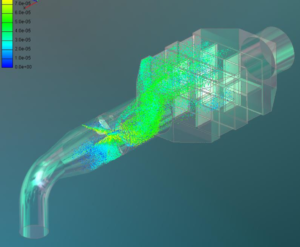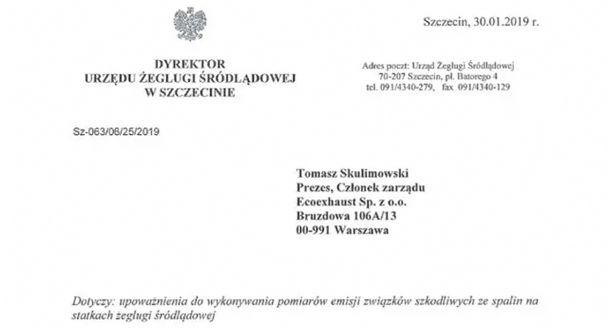About dosing nozzles
When we think about the SCR (Selective Catalytic Reduction for NOx reduction) system, we first see the SCR catalyst. Yes, it is one of two main components, but it still needs ammonia which can react on the catalyst surface. Ammonia is delivered to the exhaust gas stream by urea (e.g., Adblue) during hydrolysis and thermolysis. However, to obtain a good spray that allows to above reactions urea dosing system needs to be well-engineered. We distinguish urea dosing systems like air assisted and airless. When I started with SCR systems, I was dreaming about an excellent airless urea dosing system because the compressed air system in many applications was problematic (especially inland ships or locomotives). However, air nozzles have a few significant advantages: – less clogging issues and smaller droplets, which allow obtaining better spray quality (faster evaporation and lower wall wetting leading to sediment). With air-assisted nozzles, we can use also a urea mixer with a lower exhaust gas pressure drop to have sufficient ammonia distribution before the catalyst. Please see CFD results below for air-assisted nozzle:

Doesn’t it look great?
Which nozzle type would be the best for your application? After few years in exhaust aftertreatment buisnees, I don’t have an easy answer but:
-if you need to avoid compressed air and can “take” a little bit more allowable engine backpressure- an airless system is your choice (but you still must consider if soot engine emissions are not so high because of soot clogging issues).
In all other cases, I recommend air-assisted nozzles.
Everything above refers to marine, generators and other offroad engines above 500 kW power. Automotive is another story:)
Contact us
Our team is happy to answer any questions.
Contact
-
Bruzdowa 106a/13
02-991 Warsaw
woj. mazowieckie
Poland -
+48 506 508 330
+48 600 501 050 -
info@ecoexhaust.eu


